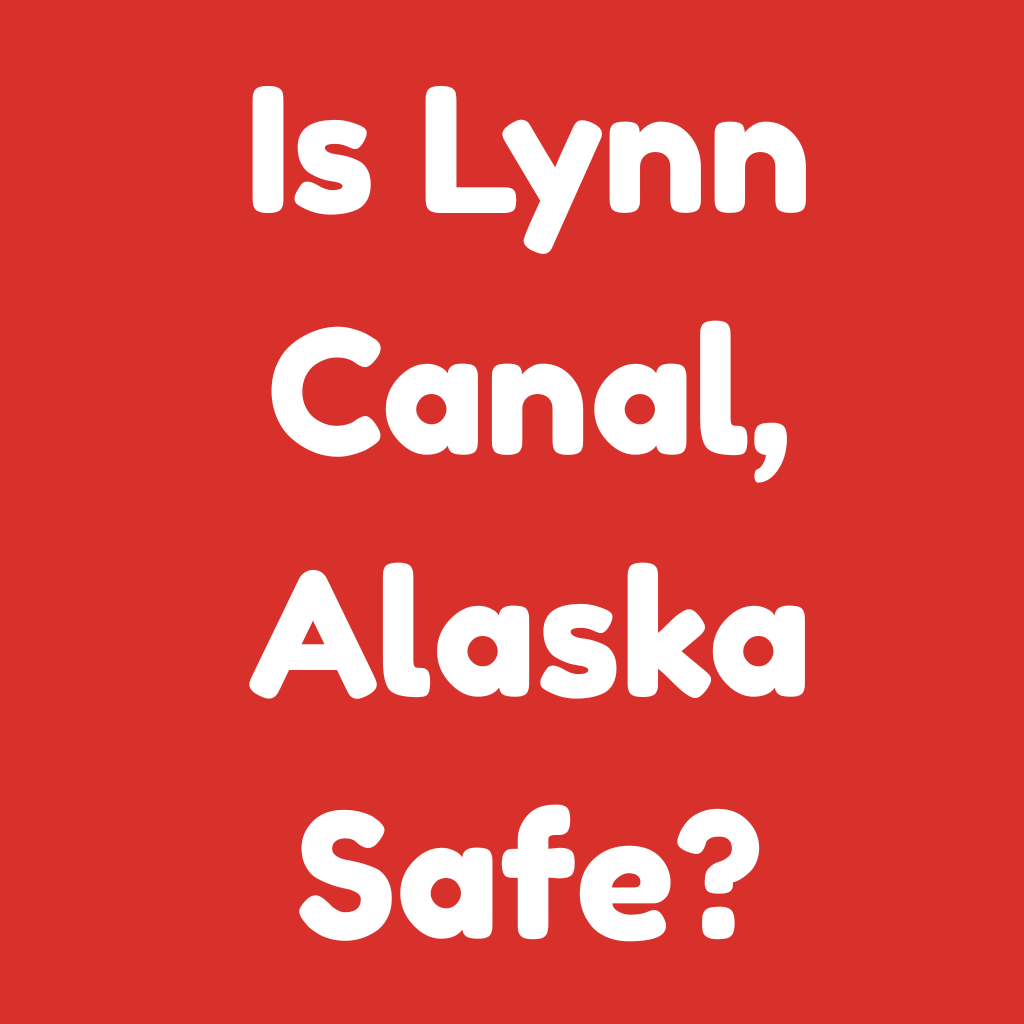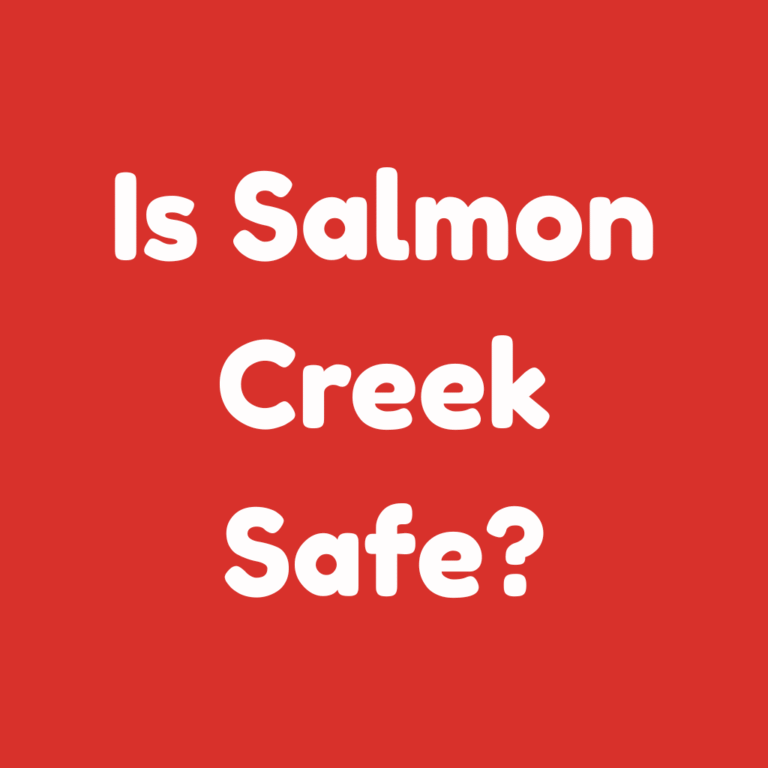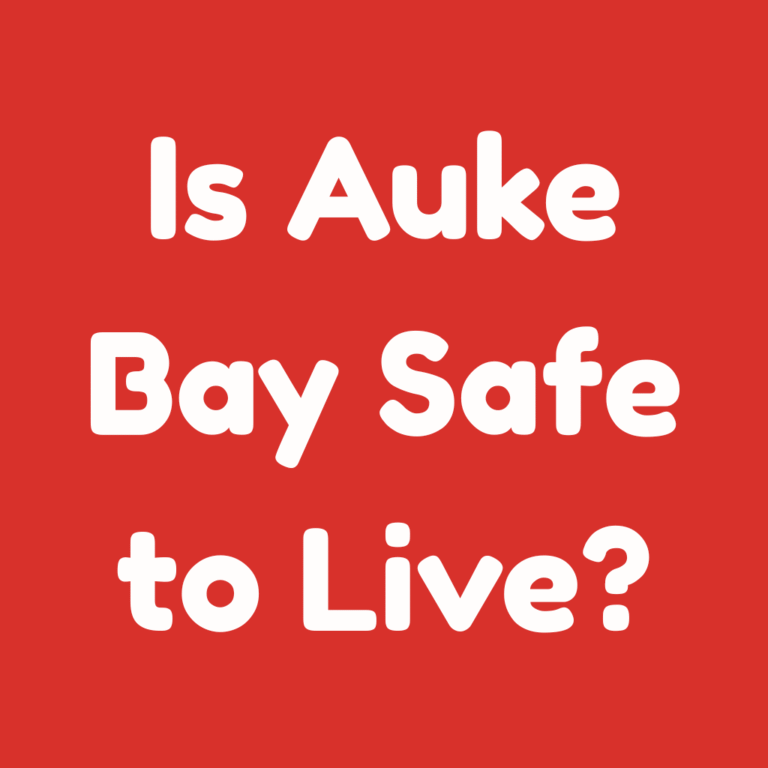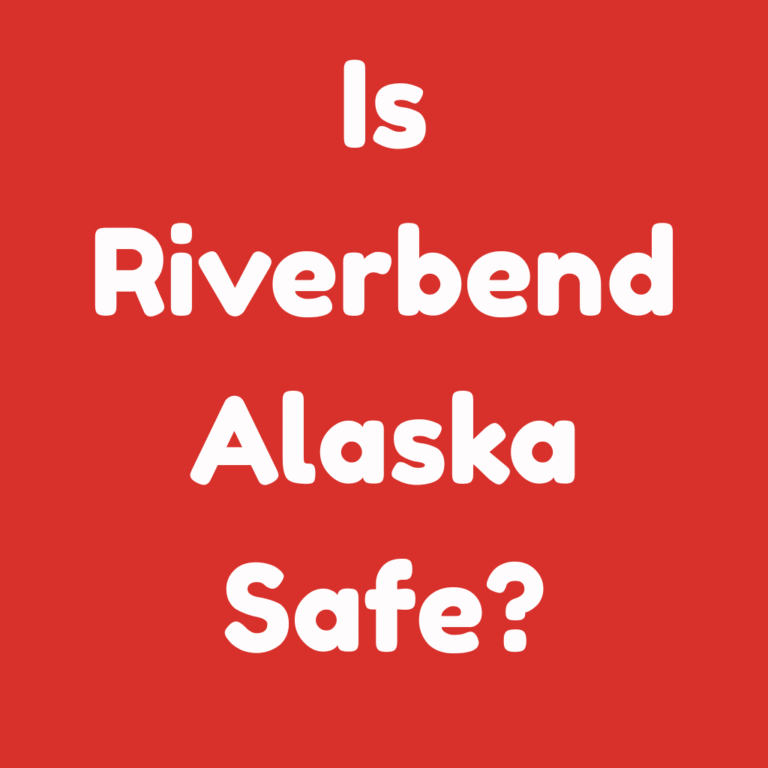Is Lynn Canal, Alaska Safe?
When you think of Alaska, images of pristine glaciers, vast wilderness, and rugged coastlines often come to mind.
But, what about the safety of these remote, stunning locations? One area that draws both travelers and residents alike is Lynn Canal.
Whether you’re planning to visit or have already set your sights on this beautiful region, the question remains: Is Lynn Canal, Alaska safe?
Safety is a major factor to consider when visiting any place, especially when it’s as isolated as Lynn Canal.
This blog post will take a deep dive into the safety of this region, exploring everything from natural hazards to local crime rates and tips for navigating the area with peace of mind. So, if you’re curious about this Alaskan gem, keep reading!
Lynn Canal’s Geography
Lynn Canal is located in Southeast Alaska, stretching between the Chilkat and Chilkoot mountain ranges. It’s known as one of the longest, deepest fjords in North America.
The canal is flanked by rugged mountains on either side, and it is home to some of the most breathtaking scenery you’ll ever encounter.
But while its beauty is undeniable, it’s important to understand the unique geographic features that could impact safety.
The Remoteness of Lynn Canal
One of the defining characteristics of Lynn Canal is its remoteness. Many parts of the canal are only accessible by boat or plane.
This isolation can be both a blessing and a curse. On the one hand, it means you can escape the crowds and enjoy nature at its most unspoiled.
On the other hand, it can make it challenging to access help or resources in an emergency.
In the event of an accident or injury, it may take time for rescue teams to reach you. The same goes for medical emergencies or technical issues with your transportation. This geographical isolation is something to keep in mind when visiting.
Wildlife and Natural Hazards
Lynn Canal is home to a diverse range of wildlife, including brown bears, black bears, moose, and sea otters.
While encounters with these animals are generally rare, they can pose a danger if you don’t take proper precautions.
This is especially important when hiking or camping in the area. Always make noise to alert wildlife of your presence, and never approach or feed any animals.
The terrain around the canal is also rugged, with steep cliffs and uneven terrain that can be challenging for hikers. In the winter, snow and ice make it even more treacherous.
Glacial movement is another hazard to consider, as it can occasionally trigger avalanches or mudslides.
Potential Risks in the Area
While Lynn Canal is generally considered safe for visitors, it’s important to be aware of a few potential risks that could affect your safety.
These risks range from natural hazards to the unpredictability of weather conditions.
Weather Conditions
Alaska is notorious for its unpredictable weather, and Lynn Canal is no exception. The area experiences long, harsh winters with heavy snowfall and freezing temperatures.
Even in summer, the weather can change rapidly, with sudden storms that can create hazardous conditions for anyone caught outside.
High winds and rain are common, which can make boating and hiking dangerous if you’re not prepared.
Tides and Water Hazards
The tidal patterns in Lynn Canal are strong, and if you’re boating or kayaking, it’s important to understand these tides and the risks they can pose.
Sudden high tides can cause fast-moving currents that may make navigation more difficult. Some areas are also known for large waves and deep waters, so ensure you’re well-versed in sea safety and boating skills if you plan to venture out.
Local Crime and Community Safety
While Lynn Canal is a remote and sparsely populated region, like any place, it does experience its share of crime.
However, compared to urban areas in Alaska or elsewhere, the crime rate in Lynn Canal is relatively low.
Most of the crime that does occur tends to be non-violent, such as theft or property damage, rather than violent crime.
Community Overview
The closest city to Lynn Canal is Juneau, the capital of Alaska, which is a relatively small city with a strong sense of community.
The local communities in the area, including Haines and Skagway, are known for their friendly and welcoming residents.
People in these communities are typically close-knit, which contributes to a feeling of safety and security.
Safety Resources
Emergency services in Lynn Canal are limited due to its remote location. However, both Haines and Skagway have local law enforcement and emergency responders.
Additionally, the United States Coast Guard is active in the area, providing rescue operations when necessary, especially in the event of maritime emergencies.
Crime Prevention Tips
- Always lock up your belongings when traveling to and from remote areas, especially if you’re camping or staying in rented properties.
- Be cautious when leaving valuables in your car, as break-ins have occasionally been reported.
- Trust your instincts and stay aware of your surroundings, especially in unfamiliar areas.
How to Stay Safe in Lynn Canal
While Lynn Canal is generally safe, taking some basic precautions will ensure you have a safe and enjoyable trip. Here are some tips on how to stay safe in this stunning Alaskan region:
Preparation is Key
- Research Weather Conditions: Check weather forecasts regularly, and prepare for rapidly changing conditions. Dress in layers and bring waterproof gear.
- Carry Emergency Supplies: Always have a first-aid kit, extra food, and water. Consider carrying a satellite phone if you’re venturing into remote areas.
- Know the Local Emergency Numbers: Familiarize yourself with the local emergency numbers, as well as the nearest hospitals or emergency response units.
Wildlife Safety
- Carry Bear Spray: If you’re hiking or camping in bear country, always carry bear spray and know how to use it.
- Avoid Food Storage Problems: Never leave food or scented items in your tent. Use bear-proof containers or hang food high in trees.
Navigating the Water
- Know the Tides: When boating, make sure you’re aware of the tides and currents. Always check tide charts before you head out.
- Wear Life Jackets: Even if you’re an experienced boater or kayaker, wearing a life jacket is a must.
Is It Safe for Families and Tourists?
For families and tourists, Lynn Canal is largely safe, offering a variety of outdoor activities and stunning views. However, as with any adventure destination, there are some considerations to keep in mind.
- Family-Friendly Activities: There are plenty of family-friendly activities, such as guided tours, hiking, fishing, and wildlife watching. Kids will love the opportunity to experience Alaska’s wilderness up close.
- Tourist Infrastructure: While amenities are somewhat limited compared to more urbanized areas, Lynn Canal does offer comfortable lodging, restaurants, and shops, particularly in Skagway and Haines. However, if you’re planning a remote adventure, make sure you’re well-prepared.
Table: Safety Tips for Traveling in Lynn Canal, Alaska
| Area | Safety Tip | Additional Advice |
| Weather | Check forecasts daily and be prepared for changes | Always pack waterproof gear |
| Wildlife | Carry bear spray and make noise while hiking | Never approach wildlife |
| Boating | Understand tides and currents before heading out | Wear a life jacket at all times |
| Crime Prevention | Lock up valuables and stay aware of surroundings | Use local security services |
Common Mistakes to Avoid
- Underestimating the Weather: Many visitors underestimate how quickly the weather can change. Always be over-prepared rather than under-prepared when it comes to weather.
- Ignoring Wildlife Precautions: Even though wildlife is generally not aggressive, failing to carry bear spray or keep a safe distance can lead to dangerous situations.
- Not Planning for Emergencies: Due to the remoteness of Lynn Canal, always plan for the possibility of an emergency. Having a backup communication plan is vital.
Conclusion
So, is Lynn Canal, Alaska safe? The short answer is yes, Lynn Canal is a beautiful and generally safe destination for those who are well-prepared.
However, like any remote area, it comes with its set of challenges and risks, primarily related to weather, wildlife, and isolation.
By taking basic precautions, staying informed, and being mindful of your surroundings, you can have a safe and enjoyable trip to this stunning corner of Alaska.
Whether you’re a thrill-seeker looking for adventure or simply someone who wants to experience nature at its finest, Lynn Canal has something to offer.
Just make sure you’re ready to respect its beauty and handle the few challenges it may present.
What do you think? Have you visited Lynn Canal or are you planning to? Leave your thoughts and questions in the comments below!
Frequently Asked Questions (FAQs) About Lynn Canal, Alaska
Is Lynn Canal, Alaska accessible by road?
No, Lynn Canal is not accessible by road. The area is remote, and the primary ways to reach it are by boat, ferry, or small aircraft. The towns of Haines and Skagway, which are nearby, are accessible by road from Juneau or through the Alaska Highway system.
What’s the best time of year to visit Lynn Canal?
The best time to visit Lynn Canal is during the summer months (May to September). The weather is milder, and the area is more accessible, especially by boat or ferry. This is also the best time to witness wildlife and enjoy outdoor activities such as hiking, fishing, and kayaking.
Are there hotels or places to stay near Lynn Canal?
Yes, there are accommodations in nearby towns such as Skagway and Haines. These towns offer hotels, bed-and-breakfasts, and rental cabins. However, if you’re venturing into more remote areas, it’s recommended to camp or stay in lodges with basic amenities.
How dangerous is wildlife in Lynn Canal?
While encounters with wildlife such as bears and moose are rare, it’s essential to take precautions. Bears are common in the region, and proper safety measures, like carrying bear spray and storing food safely, can help avoid potential encounters. Always remain aware of your surroundings when hiking or camping.







